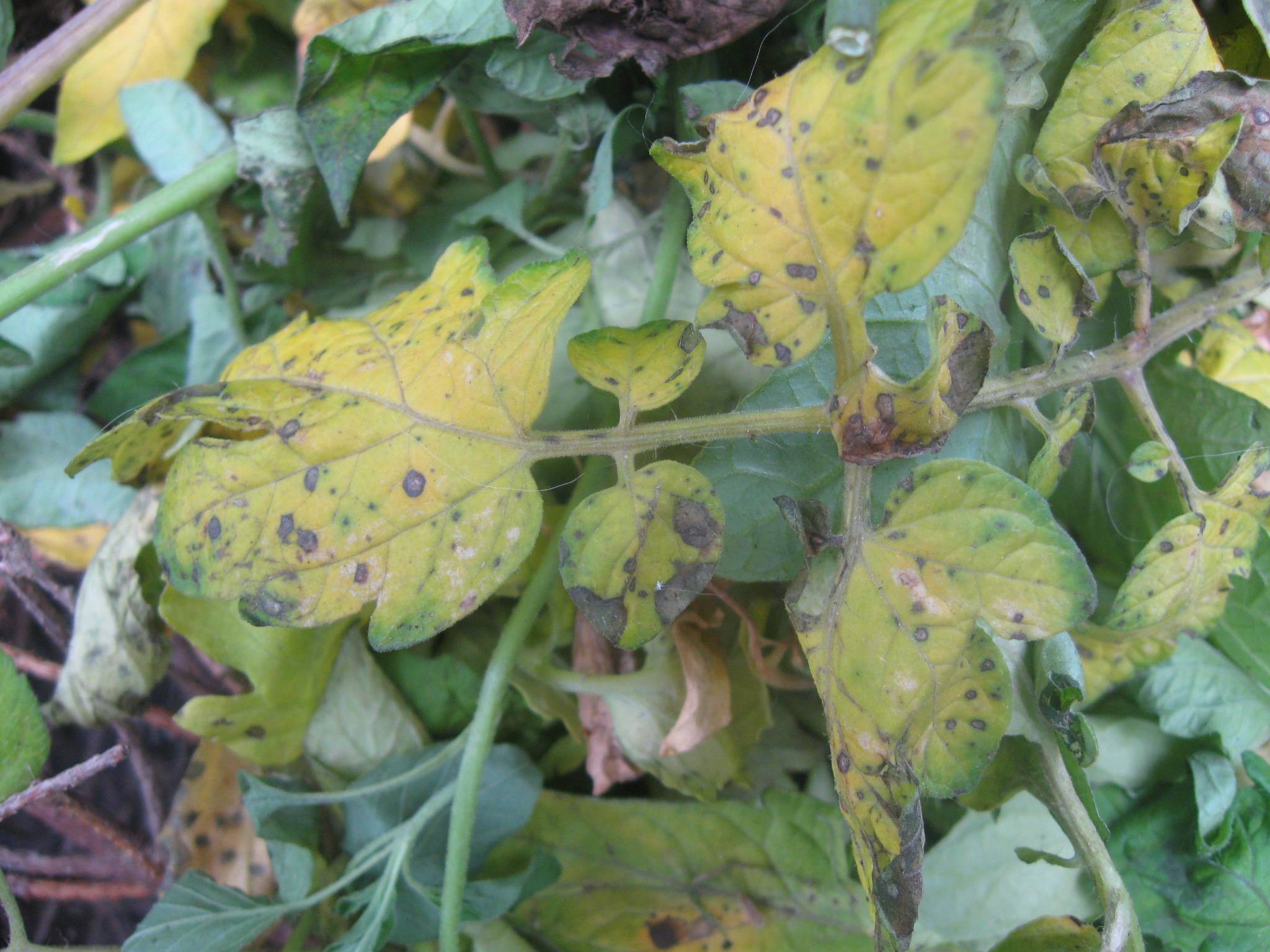Your Cart is Empty
How To Fix Your Plants When The Leaves Turn Yellow
November 11, 2018 5 min read

Why Are My Leaves Turning Yellow on Me?
Plants can sometimes be rather difficult to grow and maintain. All sorts of issues can pop up and one of the most frustrating problems that can occur is when you begin to notice that your plant’s leaves are beginning to turn yellow. I can truly sympathize with you on that, since I’ve run into this situation on many occasions.
Fortunately, there are many times when the cause of this problem is quite obvious and it doesn’t take much to rectify the situation. But, there are other times in which the cause is not so readily discernible. That’s why I decided to write this article. However, the thing to remember is to try these suggestions one at a time. That’s because the cause of your leaf yellowing may be an ongoing issue and you will want to be able to combat the problem either permanently or at least on a consistent basis.
Even so, there’s the likely chance that your current yellow leaves will drop off your plant, rendering them useless, if you’re growing herbs. But no matter, the goal is to keep your plant(s) healthy, so they can continue to produce healthy leaves in the future. Just remember, growing plants is always a matter of the utmost patience and not something that you can expect immediate results from. Here are some of the suggestions that you can investigate.
Insufficient Light
One of the most common problems, when growing plants that require a lot of light, is not having sufficient light for them to remain healthy. When this is the case, you’ll notice that the leaves on the lower part of the plant will turn yellow before the upper leaves do. That can be your main clue. You will also notice that the plant that is turning yellow first will be the plant that is the furthest from your light source. In a case such as this, you may want to try and adjust the position of your artificial lights. If you’re using sunlight, you may need to supplement your natural light with some artificial lighting.

Digital Lux meters are a great way to measure if your grow room has enough light.

Ensure you've measured your growing area and your lights are powerful enough to light the growing area.
Insufficient or Too Much of a Nutrient
Not providing your plants with enough nutrients can cause a lot of problems with their growth. However, what makes this a tricky issue is the fact that you can easily cause problems by providing too much of a certain nutrient. For example, if the calcium content of the water is too high, then that can cause a plant’s leaves to turn yellow just as quickly as the plant receiving too little necessary nutrients! This tends to occur in areas in which the water is very “hard” (high calcium and mineral content). Some people suggest using low calcium bottled water when watering your plants if you begin to see the leaves turning yellow with no apparent lighting issues. And unlike insufficient lighting problems, this issue will cause the plant’s leaves to turn yellow starting at the top, rather than at the bottom.

Calcium Burn

Not enough lighting is easy to pick - the top branches and leaves will turn yellow first.

Nutrient Deficiency
With insufficient nutrients, you can also notice that there is a strange pattern when it comes to the way that your leaves are beginning to yellow. An example of this is when the areas between the veins of the leaves will turn yellow, while the veins remain their normal color. You need to remember that different species of plants require different nutrient concentrations. So do your homework and determine what nutrients you’ll need and in what concentrations. There is a ton of information online, if you don’t have someone that you can directly consult.
Watering Issues
Another common reason for a plant’s leaves to turn yellow is either under- or over-watering. When it comes to indoor plants that are growing in pots or some similar setup, you need to take care that you’re not over-watering them. If your leaves are beginning to turn yellow, check your soil’s moisture. Does it feel like it’s soaked or does it feel like it’s too dry? If your plants are not getting enough water, then the plants will begin to lose leaves so that they can prevent transpiration and conserve their moisture. When this happens, though, the leaves will generally turn yellow, first.

In order to prevent under- or over-watering, make sure that your indoor plants have sufficient drainage and are on a proper watering schedule. Having the schedule written down and kept near the plants will help to remind you when they should be watered. There are also plant watering indicators that you can buy, as well.
A Virus Infection
This is probably the most difficult issue to deal with and is incurable. This can be indicated by yellowing that is spreading throughout the leaves. You might also notice leaves that are deformed, as well as flowers that are the wrong color as well as deformed stems.
This is a situation in which you will need to immediately get rid of any infected plants before they spread the virus to other, healthy plants. In some cases, you may have to eliminate all the plants in a particular growing area. In any case, you should sterilize any planting tools that you’ve been using along with any pots you’ve used.

Cold Air in the Form of Drafts
This problem applies more to tropical variety plants than, say potatoes or other plants that grow well in colder environments. A cold draft on a tropical plant will cause that plant’s leaves to turn yellow, fall off and may eventually kill that plant. If you don’t live in a tropical environment, chances are that you’ll be growing these plants indoors. Therefore, it’s important to choose a good location in which to set up your growing environment.
You don’t want a situation in which your tropical plants are located near an air-conditioner or a window that may provide a draft in the winter months. If you have no choice, just make sure to keep an eye out for yellowing leaves or place a barrier between the potential draft source and your plants. In addition, make sure the humidity is sufficient for your tropical plants and mist the leaves every now and again.
And finally, remember that a plant’s leaves can turn yellow due to age. By keeping an accurate log regarding your plants, you’ll find that a lot of potential problems can be averted. Your plants can then provide for your enjoyment for years to come.
Leave a comment
Comments will be approved before showing up.

